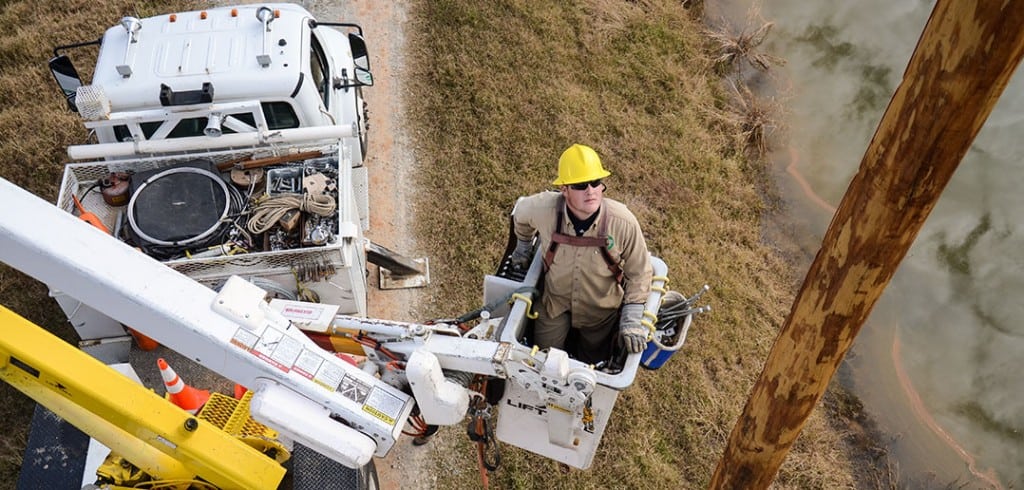There are a number of constants in the electric utility industry: keeping a watchful eye on the weather, a 24/7 readiness to respond to weather emergencies, innovation, intensive investment and poking fun at engineers.
OK, the last one isn’t work-related, but it is a constant. Engineers often don’t understand why we would joke about them, but those of us who aren’t engineers make fun of their people skills. For example: How do you tell an introvert engineer from an extrovert? Well, the introvert engineer stares at his shoes; the extrovert engineer stares at yours.
There are many more, but I’ll spare you. Granted, not all engineers are “socially challenged.” I’m certain I’ll hear from the more communicative engineers.
Truth be told, our daily lives would be far less productive and much more difficult were it not for the creative minds of engineers. Being a well-known engineer even aided the political rise of President Herbert Hoover. Long before he served as secretary of commerce, Hoover was known as “the great engineer” for his work around the globe, first in mining and then public service. His methodical organizational skills aided relief efforts for thousands in war-ravaged Europe and victims of flooding in the Mississippi Delta.
In the electric utility industry, where vice president of engineering is a common executive-level position, engineers are critical to our success. Each day, engineers painstakingly design the substations and electric distribution network that make up the electric grid. They have to map out the locations for the lines to best serve today’s members while allowing for growth. Their everyday work involves complex calculations and reviewing lots of data to ensure that we have enough electricity to power our homes and businesses.
I recently toured a transformer manufacturing facility in West Tennessee. As I mentioned last month, what a transformer does is amazing. As I watched the production process, I found the engineering in making a transformer to be even more astounding. The plant was filled with complex equipment, dozens of machines costing hundreds of thousands of dollars. It was captivating to watch the machines make perfect bends, cuts and welds into sheets of steel. Machines did in a few seconds what would take an individual hours to accomplish. Each week, they take metal and other materials and produce hundreds of transformers of various sizes.
During a break, I looked outside and saw the bank of transformers supplying electricity to the plant. I was struck with the thought that a transformer produced at that plant supplied the electricity that helped produce other transformers that, in turn, would be placed in service at other factories.
As you look around at the businesses in your community, keep in mind that the engineering that occurs in those businesses is only possible because of the engineering that created the transformer and wires that carry energy to the plant.
There may be a good reason that engineers seem, well, preoccupied. It takes a special mind to be able to visualize solutions to difficult problems. It takes a lot of concentration and an ability to organize those thoughts into real-world solutions. Engineers make it look easy, so it’s only fair that we give them some relief for any lack in communications skills.
Here’s to the engineers who make our lives better. If those minds weren’t solving problems, we would be living in a far different world.



